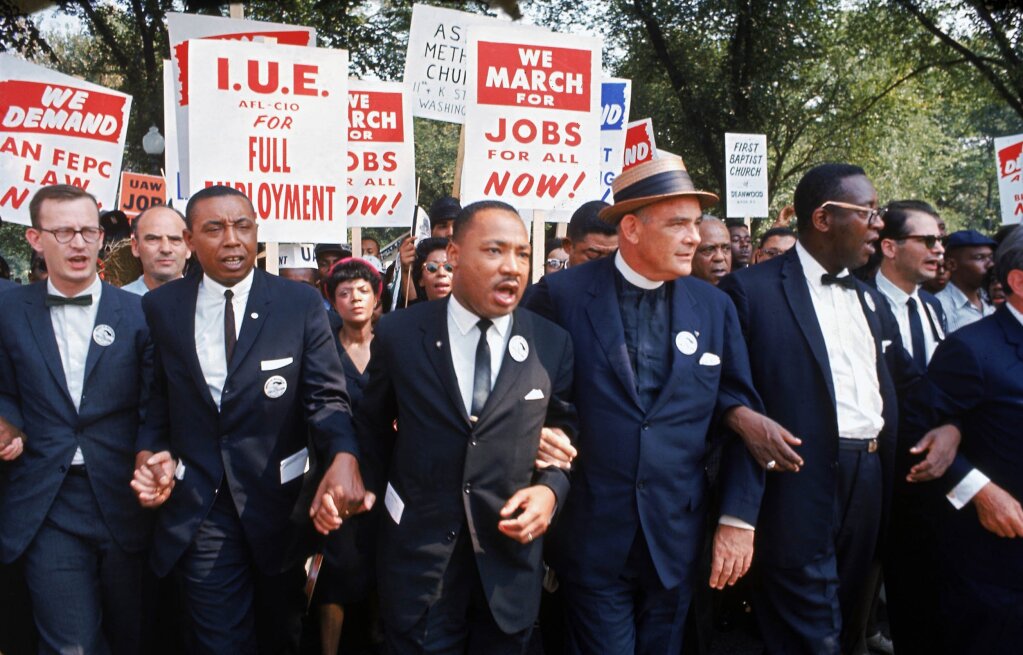Originally published in TIME Magazine:
In today’s rapidly evolving world, the concept of civil rights has expanded beyond traditional boundaries. While equal opportunities and social justice remain essential, there is a new frontier that demands our attention: financial literacy. Just as the Civil Rights Movement fought for equality in education, employment, and voting rights, financial literacy is the civil rights issue of this generation.
As I assert in the thought-provoking 1865 Project, we are living in a time where one’s zip code can have more to do with his or her life outcomes than his or her dream or work ethic. There is an urgent need to address the disparities that arise due to a lack of financial education.
The 1865 Project looks to finish the work of the Freedman’s Bank—started by President Abraham Lincoln and American social reformer, Frederick Douglass—which was initially designed to teach the formerly enslaved about money. In 2016, the U.S. Treasury renamed the Treasury Annex—formerly the Freedman’s Bank headquarters—to the Freedman’s Bank Building. Today, as Operation HOPE continues to evolve a Third Reconstruction, it is convening the public and private sectors in a national movement to help level the playing field for American—of all ethnicities—so that families can thrive in a free enterprise economy.
Financial literacy is not just about understanding numbers; it is a tool for empowerment and social justice. Without proper financial knowledge, individuals and communities are left vulnerable to cycles of poverty, debt, and limited economic mobility. Without a solid financial education, many Americans will remain on the outskirts of the economic mainstream, trapped in a cycle of high-interest debt, limited access to banking services, and a lack of opportunities for upward mobility.
The dearth of financial literacy in America also contributes to the ever-widening wealth gap. According to a recent study by the Federal Reserve, the median net worth of white households is about 6 times that of Black households, and nearly 5 times that of Hispanic households. This stark disparity is deeply rooted in historical inequalities and systemic barriers that deny marginalized communities access to financial knowledge and resources.
The 1865 Project underscores this point. However, I believe this chasm is not simply about race. Just like Black and brown communities, poor white rural neighborhoods are also impacted by the lack of access to capital, opportunity, and financial education that limits economic prosperity for all.
The key to economic inclusion and empowerment is financial literacy. By equipping individuals with the knowledge to make informed financial decisions, we empower them to create a path to economic stability, which can create a more just society for all. When individuals understand how to budget, save, invest, and manage debt, they gain greater control over their financial lives, and the cycle of poverty begins to crumble.
Financial literacy is not just a personal responsibility; it is a societal imperative. The Civil Rights Movement fought for equal access to education and voting rights, today, we must fight for equal access to financial knowledge with the same vigor. The 1865 Project calls upon us to finish the work started by The Freedman’s Bank, recognizing that financial literacy is the civil rights issue of this generation.
As we strive for a fair and just society, let us commit to equipping every citizen with the tools and knowledge necessary to navigate the complex world of money and finances. By doing so, we can break the chains of financial inequality and build a future where financial literacy is not a privilege but a fundamental right.

